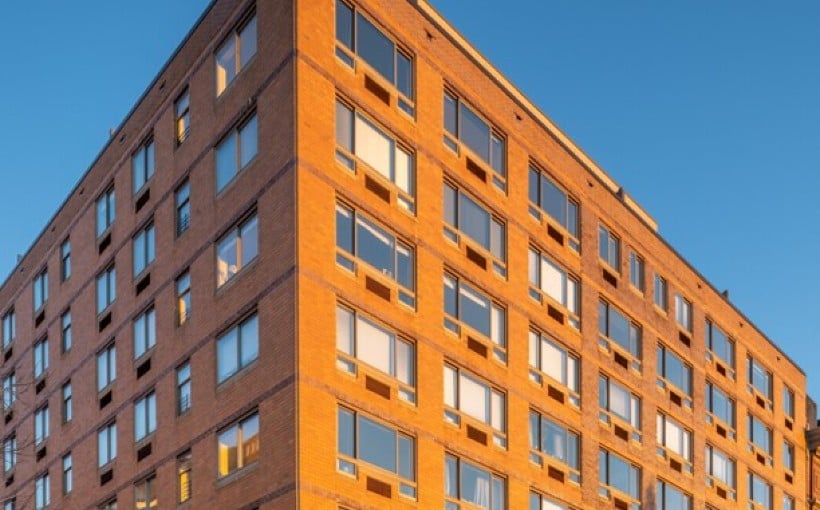The Federal Reserve is expected to decrease its Effective Federal Funds Rate (EFFR) during its upcoming meeting in mid-September. While some predict that this slight reduction will not significantly affect the current 6% single-family housing mortgage rates, it has raised questions about potential changes in interest rates.
John Chang, Senior Vice President and National Director of Research and Advisory Services at Marcus & Millichap, does not anticipate a sudden surge of homebuyers entering the market. In a recent video, Chang shared his insights on trends in single-family housing and their potential impact on commercial real estate.
Previous Trends
In early 2020, the EFFR was between 1% to 2%, while 30-year home mortgage rates were around 3%. This low cost of borrowing led to an increase in demand for homes and subsequently drove up prices. “In January of last year,” said Chang,”the median home price was approximately $283,000. By December [of this year], it had risen to $378,000.”
However,the rise inflation caused the Fed’s drastic increase in EFFR pushing upwards.The10-year Treasury started off at1.6%in2022and endedat3.% byyear-end.Thisresultedinanincreaseinthe30-yearmortgageratefrom3.%to6.%withthethoughtthat higherinterestrateswoulddampenhomesaleswhileloweringhomeprices.HoweverChangdidnotbelievethistheoryfor two reasons:
Homeowner lock-in effect: Few homeowners would wantto sell their homes with locked-in mortgages at lower interestrates if they have topurchase anewhome withhigherinterestratesthisledtoa shortageof”used”homes,andconstructiononnewhomesalsosloweddown.
Housing shortage: The U.S.was facingashortageofapproximately35millionhomesthroughout2021despiteaddingaboutoneandahalfmillionnewhousingunitsperyear.”Thisshortagehasnotchangedsignificantly,”Changexplained.
As a result, the median home price reached $412,000 in mid-2024.
Current Trends
Chang believes that these factors will not lead to a decrease in single-family housing prices anytime soon. He stated that pent-up demand for housing “will continue to put upward pressure on home prices.” The ongoing increase in home prices and consistently high mortgage rates (which are not expected to drop significantly) have widened the affordability gap between homeownership and renting more than ever before.
Impact on Commercial Real Estate
Multifamily: As mentioned earlier, buying a house is expensive while renting an apartment or house is relatively cheaper. Accordingto Chang,the average monthly rent was approximately $1,300 less than the payment for amedian-pricedhomeinthe second quarter of this year.This disparity will likely discourage renters from transitioning into homeownershipand further drive up rental demand.
Retail: Another factor contributing to increased housing demand is household formation.Changsaidthatupwards of 4.4 million people turn 22 each year over the next five years which leads to higherdemandforconsumer goods such as furniture and appliances.Some retail segments that have been struggling may see an uptick due t



